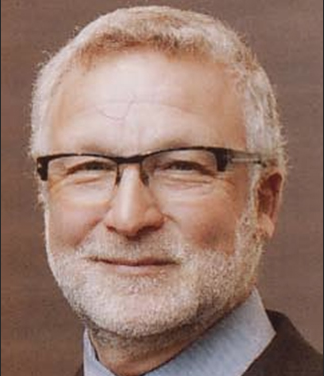If the brain can't feel pain, why do I get headaches?
- Published24 Sep 2014
- Reviewed24 Sep 2014
- Author Allan Basbaum, PhD, FRS
- Source BrainFacts/SfN
The pain experience for all of us begins when unpleasant stimuli activate sensory nerve fibers called nociceptors. These specialized fibers — which are located in skin, muscles, joints, and some organs — transmit pain signals from the periphery to the brain, where the message of pain is ultimately perceived.
The brain itself does not feel pain because there are no nociceptors located in brain tissue itself. This feature explains why neurosurgeons can operate on brain tissue without causing a patient discomfort, and, in some cases, can even perform surgery while the patient is awake.
Headaches, however, are a different story. Though your brain does not have nociceptors, there are nociceptors in layers of tissue known as the dura and pia that serve as a protective shield between the brain and the skull. In some situations, chemicals released from blood vessels near the dura and pia can activate nociceptors, resulting in headaches, such as migraines. Increased blood flow can also trigger a migraine, which is why migraines are considered vascular headaches. Migraine headaches are often throbbing and are accompanied by hypersensitivity to light, sound, and touch.
The more common tension-type headaches do not share migraine features. Although nociceptors are undoubtedly activated in tension-type headaches — in part, from the excessive contraction of muscles — other triggers that engage these nociceptors remain unknown. A very important characteristic of tension-type headaches is that they are increased significantly in stressful situations, presumably by sensitizing pain circuits in the brain.
A major difficulty in the development of new therapies for headache is that there are no animal models that can distinguish between these types of headaches. Nevertheless, scientists are hopeful that their growing knowledge of the unique chemical factors that activate nociceptors in the head (compared to the rest of the body) will lead to the development of new drugs that are particularly effective in alleviating the symptoms of the most common headaches, as well as migraine.
References
Diener HC, Dodick DW, Goadsby PJ, Lipton RB, Olesen J, et al. Chronic migraine — classification, characteristics and treatment. Nature Reviews Neurology. 8:162-171 (2012).
Andreou AP, Summ O, Charbit AR, Romero-Reyes M, Goadsby PJ. Animal models of headache: from bedside to bench and back to bedside. Expert Review of Neurotherapeutics. 10:389-411 (2010).
Cathcart S, Petkov J, Winefield AH, Lushington K, Rolan P. Central mechanisms of stress-induced headache. Cephalalgia. 30:285-95 (2010).
BrainFacts.org welcomes all your brain-related questions.
Every month, we choose one reader question and get an answer from a top neuroscientist. Always been curious about something?
Please submit your question by filling out this form.







